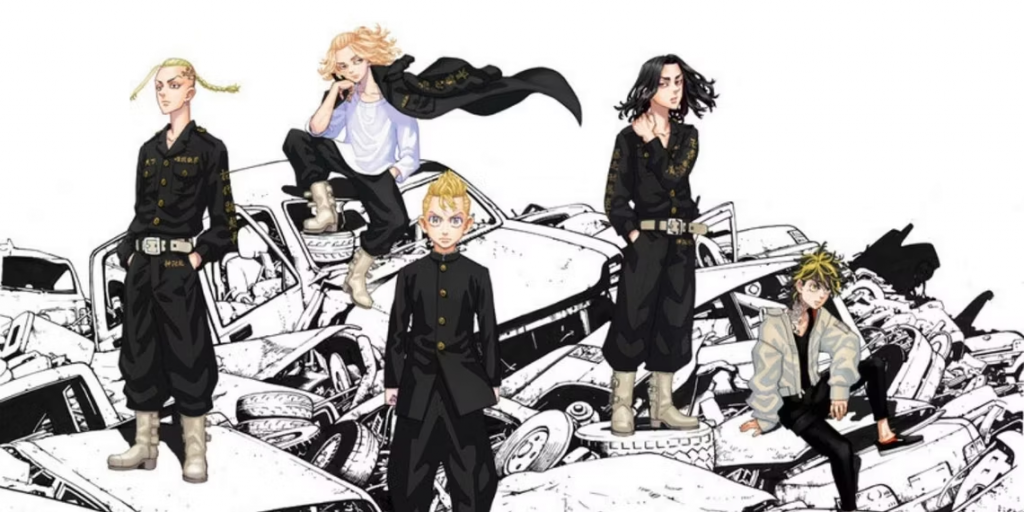
Firstly, let’s delve deeper into the origins and meanings of the manji symbol. As mentioned before, it is a symbol commonly associated with good luck and prosperity in many Eastern cultures, including India, Japan, and China. In Buddhism, it represents the footprints of the Buddha and is considered an auspicious symbol of peace and harmony. The swastika, however, has become inextricably linked to Nazism and the atrocities committed during World War II. Adolf Hitler and the Nazi party adopted the swastika as their emblem, using it to represent their ideology of racial superiority and anti-Semitism.
Due to this association, the manji symbol has become a highly controversial and sensitive topic for many people, particularly in Western cultures. In Japan, where the symbol has a long and rich history, the government recently changed its use on maps and public spaces to make it more “foreigner-friendly” ahead of the Tokyo 2020 Olympic Games. The decision was made to avoid any potential misunderstandings and negative connotations associated with the symbol, which could lead to unfounded fear and hatred towards the Japanese people.
In the context of Tokyo Revengers, the manji symbol is used by the gang known as Toman, who are the primary antagonists of the series. The gang’s name is an abbreviation of “Tokyo Manji Gang,” and the symbol is featured prominently on their uniforms, bikes, and even the shrine where they hold their meetings. However, it’s essential to note that the use of the manji symbol in the series is not meant to promote Nazism or hatred towards any group of people. Instead, it is a representation of the gang’s origins and cultural roots in Japan.
The series follows the story of Takemichi Hanagaki, a young man who travels back in time to prevent his girlfriend from being killed by Toman. Initially, the series appears to be a simple love story, but it quickly expands into a complex narrative of time travel, delinquency, and redemption. Takemichi is determined to save everyone he loves, including his newfound friends in Toman, and as the story progresses, the manji symbol takes on a more significant meaning. It represents the gang’s history, their struggles, and their eventual path towards reconciliation and forgiveness.
Despite this, the use of the manji symbol in the anime adaptation of Tokyo Revengers has been a controversial topic among fans. The heavy censorship of the symbol in the first season, particularly in the opening credits, created a less-than-desirable viewing experience for some fans. However, the later episodes of the series showed improvement, with the symbol being blurred out or omitted from the gang’s uniforms.
The controversy surrounding the manji symbol highlights the importance of understanding cultural symbols and their meanings in their original context. It’s crucial to recognize that symbols can have vastly different meanings depending on the cultural and historical context in which they are used. By starting a conversation about the manji symbol and its origins, we can create a path towards reconciliation and understanding.
In conclusion, while the manji symbol may be associated with hate groups and Nazism in some cultures, it has a rich history and meaning in many Eastern cultures. Tokyo Revengers’ use of the symbol represents the gang’s cultural roots and history, and while its use in the anime adaptation has been a topic of controversy, it’s essential to understand the symbol’s original meaning in its proper context. By having conversations about cultural symbols and their meanings, we can create a path towards understanding and acceptance.
We bring out some of the most well-known Tokyo Revengers Collection, all of which are available at reasonable costs. Visit our link now if you are interested in the Tokyo Revengers Collection
Tokyo Revengers Car Floor Mats, Baji Keisuke Car Floor Mats, Anime Car Accessories
Tokyo Revengers Car Floor Mats, Baji Keisuke Car Floor Mats, Anime Car Decoration


Manjiro Sano,Izana Kurokawa,Takemichi Hanagaki,Shinichiro,Haruchiyo